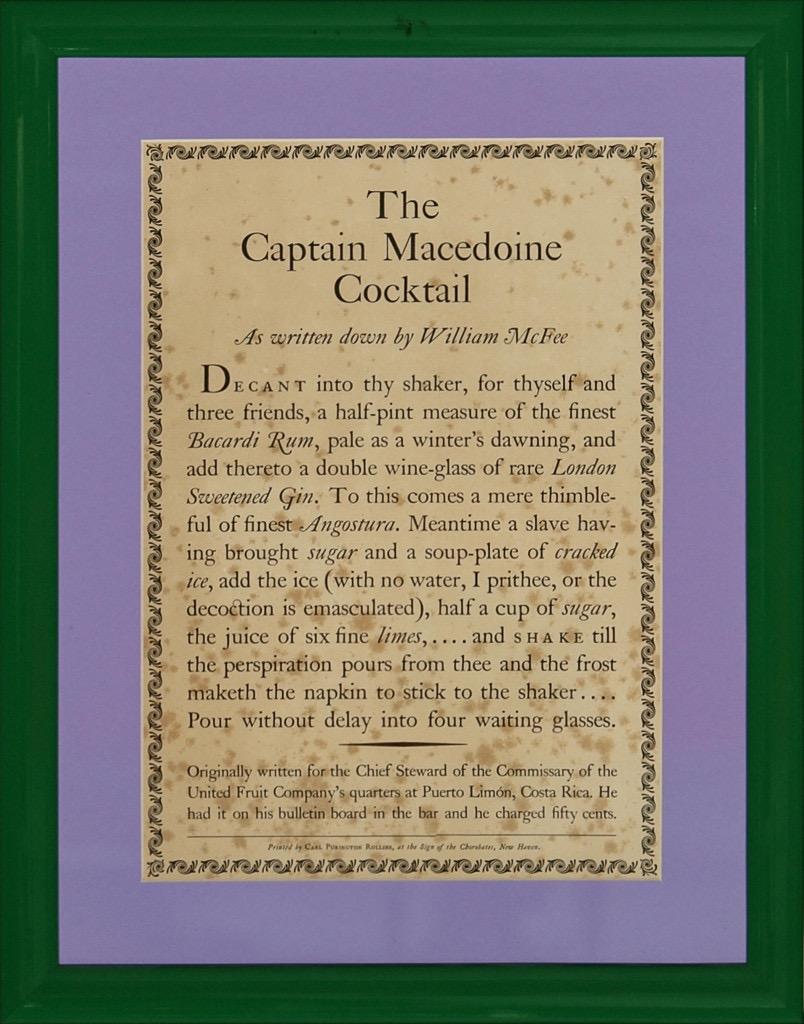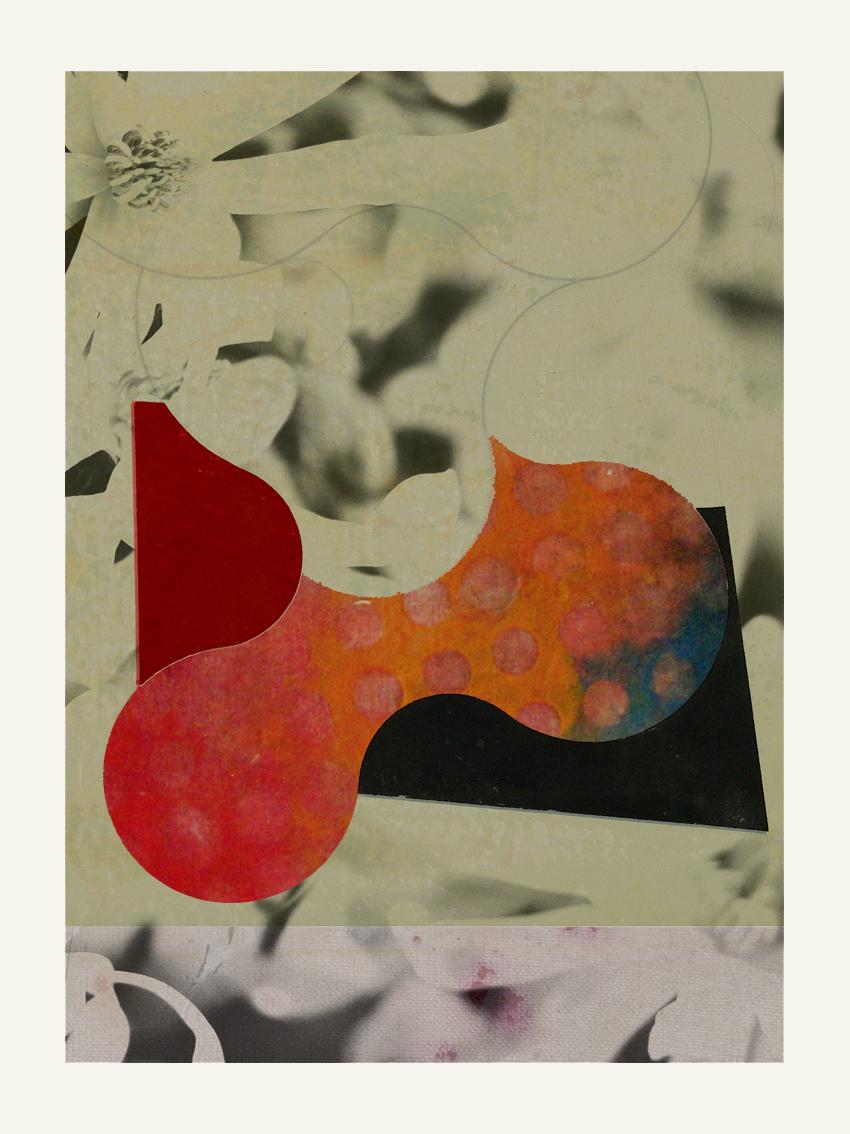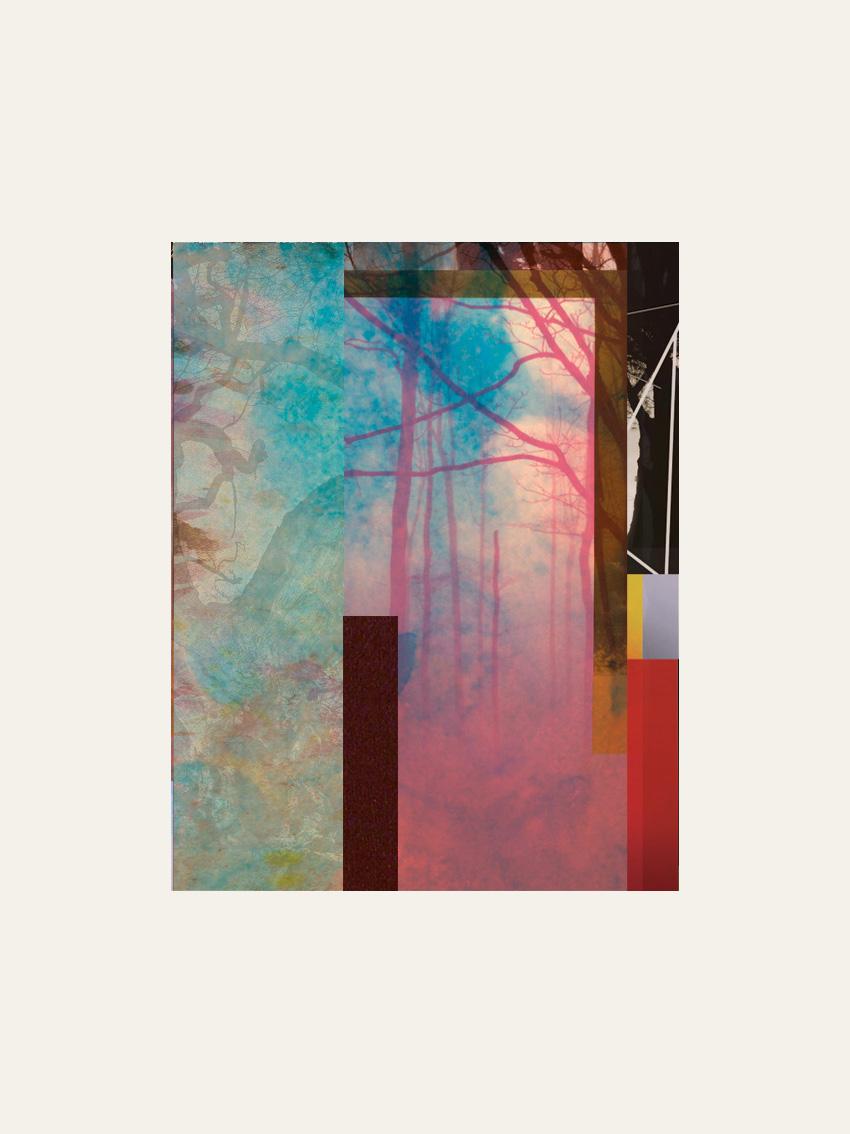Items Similar to After Picasso Line Drawing Owl Set of 6 Butterfly Dog Horse Camel Flamingo Print
Want more images or videos?
Request additional images or videos from the seller
1 of 16
UnknownAfter Picasso Line Drawing Owl Set of 6 Butterfly Dog Horse Camel Flamingo Printcirca 1980
circa 1980
About the Item
This set of 6 Picasso line drawings is part of Picasso's range of "line art". Picasso's single line drawings were created later in his career, after the surrealism period. The single line pieces are from a collection of over fifty works in which his drawing implement was not lifted from the paper until the masterpiece was finished. Picasso created his single line drawings using a variety of media, including pencil, pen, ink and brush. His single line drawing subjects included musicians, harlequins, nature and animals.
Picasso was heavily influenced by the early 20th-century style of Primitive art in the creation of his line art. These works mostly deal with animals and reflect his enduring love for animals and his pets which were often the subjects of his art, especially featuring in his line drawings. These images are hugely popular most likely due to the energy they exude. They stand out for being so simple and yet they show a mastery of the Craft of drawing due to how expertly Picasso manages to use so view lines to convey the IDEA of the animal. It truly reflects Picasso's skill that he was able to create these animals in an almost life-like manner using only a few short, simple lines.
Line drawings played an important part in paving the way for Picasso's cubist period, by allowing him to practice and develop his ideas before committing himself to canvas. Their simplicity of form strips away all distraction, leaving his natural ability at its most visible. An unbroken line was quickly executed with a light touch that actually served to increase its power. The fact that the discipline also proved ideal for experimentation, at any time and anywhere, allowed Picasso to play with these ideas throughout his life, producing sketches of animals, portraits, myths and objects. His many pets gave him plenty of opportunity to observe the way animals move and hold themselves, with his dog Lump being a favourite with artist and admirers alike. Picasso's pets included owls, several dogs and a goat as well as a flock of doves plus other creatures with more fleeting appearances in his life. Pencil sketches feel supremely contemporary and suit that style of home perfectly, with many people today designing interiors that have just a few carefully chosen items, with plenty of space around the room to help everything breathe. They are a serigraph artworks, which means that they are a silk screen print using ink onto a piece of heavy weight paper. Firstly, the artist paints or draws onto the mesh of the silk screen, and then they press a substrate (in this case, thick paper) onto the screen to create a clean, clear impression. Though it might seem at first sight to be just a simple squiggle, looking at it more closely demonstrates that this is unmistakeably a work by Picasso.
Owl PLD01 - Owl sketch is one of the many works produced by Picasso which concerns owls. Owls occur again and again in Picasso's work. This sketch is a line drawing produced by Picasso. It is extraordinarily simple but is, in my opinion, charming in its simplicity. Owls can be found throughout Picasso's career, in all manner of styles and mediums. His Owl ceramics were particularly charming, with the spout of the item being used as the bird's beak. Picasso is known to have taken in several animals through a variety of means, sometimes taking on friends' own pets, whilst in other cases finding stray birds and animals which were in need of care and attention. An owl was one such creature who Pablo helped to restore to it's best health and this helped to impart a general love of owls on him. This love for owls seems to have been influenced by his love for classical themes. The owl possibly (with this context in mind) represents wisdom and intelligence. It is worth noting also that in the area where Picasso spent much of his later life the owl had been the traditional symbol of the tribe that had once inhabited the area. He at one point even owned an owl as a pet, in fact, one friend tells a story of how “While Pablo was still working at the Musée d’Antibes in 1946, the photographer Michel Sima had come to us one day with a little owl he had found in a corner of the museum. One of his claws had been injured. We bandaged it and it gradually healed. We bought a cage for him and when we returned to Paris we brought him back with us and put him in the kitchen with the Canaries, the pigeons and the turtledoves. He smelt awful and ate nothing but mice." It is worth noting that most of Pablos works concerning owls are ceramic in nature.
Butterfly BLD01. Pablo Picasso's The Butterfly also known as Le Papillon is a simplistic yet striking drawing of a butterfly. It is one one of Picasso’s most iconic drawings because it only uses a continual line. Picasso's single line drawings were created later in his career, after the surrealism period. The single line pieces are from a collection of over fifty works in which his drawing implement was not lifted from the The bold, continual line in The Butterfly signifies freedom, it's almost as if the butterfly will flap it's wings and fly right off the paper. The single line style of the butterfly denotes nature stripped back to it's essence. The Minimalist colours and style of The Butterfly seems to be well ahead of it's time and has a very contemporary and modern feel.
Horse PLD06. This is by no means the only work of art that Picasso created that involved a horse. Indeed, he seems to have been fascinated by these animals. Famously, a silently screaming horse features in his epic pacifist art work 'Guernica', for instance, and an early (1906) study entitled 'Boy Leading a Horse' depicts a peaceful scene involving a naked boy and a grey horse towering to his side. Picasso's painting 'Bullfight', moreover, focuses less on the eponymous bull and more on the horse. This horse, stamping the ground in what could be fury or distress, has unseaed its rider and may be said to be one of the victims of the fight. Though throughout his oeuvre Picasso tends to depict horses in moments of extreme or overwhelming pain or emotion, his calmer studies can often be jauty or jovial. This drawing of a horse is a prime example of this: a skilled artist demonstrating his skill and showing his love of the equine form with a few minimal lines.
Dog PLD05. Dog was a Dachsund called Lump whom artist Picasso captured in several drawings. Picasso tended to use a light touch and simple lines when depicting animals by themselves and Lump was an obvious choice as a subject because of how the artist loved this animal. The dog featured in several paintings and sketches. La Californie was the significant moment in the artist's life that he built his relationships with both Lump and also Jacqueline. It was in this villa in Cannes that he was to truly feel comfortable and contented. When Lump first arrived at the villa he would excitedly sniff and search around every room in this large home. On his first day here he would even be captured on a ceramic artwork by an enthusiastic Picasso, eager to see him settle into this new location. Photographer David Douglas Duncan was the owner of Lump and he was to allow Pablo to take care of it after visiting the artist in his Cannes mansion, La Californie, April 1957. As a reward for bringing this charming animal into his life, Picasso awarded Duncan this ceramic plate to remember the dog that he had so generously given the artist. Pablo himself was generous frequently, but normally in a spontaneous capacity, such was his artistic makeup.
Camel PLD04. The genius of Picasso enabled him to produce a charming, highly recognisable camel with just a single pencil line. This informal sketch has become one of the artist's most respected and much loved animal drawings. Camel appears to simply be a sketch of an animal, with no real meaning behind it. The artist may have been purely exercising his artistic mind during a spare moment. Picasso produced Various Animals in 1907. It was part of a sketchbook which featured pencil, pen and ink artwork. On one of those pages you will find a selection of camels, birds and insects. The artist was clearly practicing these elements in preparation for either a future work, or perhaps purely for his own amusement. The sketchbook was a collections of drawings for Apollinaire's Bestiary. There were a total of nine pages devoted to animals.
Flamingo PLD03. One continuous line of chalk or pencil could convey shape, form and characteristics, and this is especially true of the Flamingo drawing, which lends itself naturally to a single-line drawing. Picasso could have seen flocks of these striking pink birds in a Paris Zoo or perhaps in the Camargue region of Southern France. They often Stand on one leg, and here the subject balances effortlessly. More detailed outlines often became etchings, many of which are now housed in New York's Museum of Modern Art. However, the sheer numbers created by the artist mean that these bold depictions are represented in institutions worldwide, making them accessible to the widest audience possible. The unbroken lines are deceptively simple, because of course, to portray something accurately with one quick flourish is actually very difficult. It's said that the infant Pablo could draw before he could speak, thanks to his artistic father. The son went on to change the face of modern art, co-founding the Cubist movement with Georges Braque, passing through both Blue and Rose periods, and exploring primitivism and surrealism. His art was revolutionary and yet he retained the ability to strike a chord with the most unsophisticated viewer. The prints are free-floated. The ivory mounts with a hand painted black bevel. In black wooden frames. Purchased from a collector who reputedly acquired them in the 1980s. They do not bear any limited edition numbers or stamps.
Horizontal frame: 58.5cm x 48.5cm Horizontal print: 34.5cm x 24.5cm Vertical frame: 48.5cm x 58.5cm Vertical print: 24.5cm x 34.5cm.
- Creation Year:circa 1980
- Dimensions:Height: 23.04 in (58.5 cm)Width: 11.23 in (28.5 cm)Depth: 1.78 in (4.5 cm)
- Medium:
- Period:
- Condition:
- Gallery Location:Eversholt, GB
- Reference Number:1stDibs: LU146628106892
About the Seller
No Reviews Yet
Vetted Seller
These experienced sellers undergo a comprehensive evaluation by our team of in-house experts.
1stDibs seller since 2021
Typical response time: 6 hours
- ShippingRetrieving quote...Ships From: Eversholt, United Kingdom
- Return PolicyA return for this item may be initiated within 7 days of delivery.
More From This SellerView All
- Print, Handcolored, Copperplate, Engraved, London Bridge, William Maitland, 1739Located in Eversholt, BedfordshireIn original condition. Page 33, 'The History of London from its Foundation by the Romans to the Present Time', by William Maitland, published in 1739....Category
1730s More Prints
MaterialsPaper
- L'inspiré Self Portrait Marc Chagall Valentina Vava Lithograph 1963 Mourlot 398By Marc ChagallLocated in Eversholt, BedfordshireInspiration or L'inspiré - The artist and his wife, self-portrait. This is a self-portrait of the great artist, depicting him as lost in thought before one of his paintings, which is apparently related to his home country Russia, as suggested by the small figure in the lower right of the work. Chagall’s wife Valentina (“Vava”), who was also from Russia, is looking over his shoulder, full of longing. The small surreal elements that are characteristic of Chagall’s paintings are also present here: the silhouettes of the houses that seems to stick out of the painting and a figure with a flute or trombone standing on its head. Chagall Lithographe, Volume II of the catalogue raisonné of Chagall's lithographic work, see Mourlot 398, 1957-1962, Paris 1963, imprinted by Imprimerie Mourlot for the publisher André Sauret. A lithographic plate from the catalog that was published in 10,000 copies. Condition : Excellent Set inside a cream mount bearing brass cartellino Visible sheet size length 23cm, Height 31.50cm In a carved and gilded frame Frame size Length 44cm, Height 55.5cm The reverse with a paper label in Japanese Provenance : Private Collection, purchased with Lovers in GreyCategory
1960s Modern Figurative Prints
MaterialsLithograph
- Marc Chagall Still Life with Fruits 1957 Original Lithograph Mourlot 205By Marc ChagallLocated in Eversholt, BedfordshireSurrealist composition with a dog, figure, cockerel floating above the still life In a cream mount, visible sheet length 19.50cm, height 22.50cm Within a black and silvered moulded ...Category
1950s Modern Animal Prints
MaterialsLithograph
- 16. Easton, Portland, Dorset: St George Reforne, an 18th Century Church QuarriesBy John Piper CHLocated in Eversholt, BedfordshireJohn Piper CH 1903–1992 16. Easton, Portland, Dorset: St George Reforne, an 18th Century Church among the Quarries Numbered 2/70 lower left and si...Category
1960s Modern Landscape Prints
MaterialsBlack and White
- Michael Canney Rhinoceros Etching 1947 After Dürer's Rhinoceros 1515Located in Eversholt, BedfordshireMICHAEL CANNEY (1923-1999) RHINOCEROS Etching with aquatint and plate tone 1947, signed and dated Sheet Height 14.5 cm Length 21cm. In a cream mount ...Category
1940s Animal Prints
MaterialsEtching
- Ponte Corvo Black & White SurrealistLocated in Eversholt, BedfordshirePrint Ponte Corvo black and white limited edition no2 of 50 In a moulded gilded frame length 91cm, height 75cm, depth 4cm Framers label on reverse L'Ariete Galleria Torino just pur...Category
1960s Surrealist Figurative Prints
MaterialsLithograph
You May Also Like
- The Captain Macedoine CocktailLocated in Bristol, CTOriginal recipe for The Captain Macedoine Cocktail as written down by William Mcfee published 1921 at the Sign of the Chorobates, New Haven Art Sz: 11 1/2"H x 8 1/4"W Frame Sz: 16"...Category
20th Century More Prints
MaterialsPaper
- ST067 -Contemporary, Abstract, Modern, Pop art, Surrealist, Landscape, NatureBy Francisco NicolásLocated in London, LondonWhite flower , 2019 Digital pigment print Ultrachrome ink on Fabriano Rosaspina paper. Hand signed by the artist, and certificate of authenticity. Edition of 25 (Unframed) His wor...Category
2010s Pop Art Abstract Prints
MaterialsArchival Pigment, Paper, Inkjet, Pigment
- Yellow -Contemporary, Abstract, Modern, Pop art, Surrealist, Landscape, NatureBy Francisco NicolásLocated in London, LondonYellow flower , 2019 Digital pigment print Ultrachrome ink on Fabriano Rosaspina paper. Hand signed by the artist, and certificate of authenticity. Edition of 25 (Unframed) His wo...Category
2010s Pop Art Abstract Prints
MaterialsArchival Pigment, Paper, Inkjet, Pigment
- F0026 - Contemporary, Abstract, Pop Art, Modern, Surrealist, LandscapeBy Francisco NicolásLocated in London, LondonThe Observer, 2019 Digital pigment print Ultrachrome ink on Fabriano Rosaspina paper. Hand signed by the artist, and certificate of authenticity. Edition of 25 (Unframed) His work...Category
2010s Abstract Abstract Prints
MaterialsPaper, Inkjet, Pigment, Archival Pigment
- Red -Contemporary, Abstract, Modern, Pop art, Surrealist, Landscape, NatureBy Francisco NicolásLocated in London, LondonRed & flower , 2019 Digital pigment print Ultrachrome ink on Fabriano Rosaspina paper. Hand signed by the artist, and certificate of authenticity. Edition of 25 (Unframed) His wor...Category
2010s Abstract Abstract Prints
MaterialsPaper, Inkjet, Pigment, Archival Pigment
- Fo18-Contemporary, Abstract, Minimalism, Modern, Pop art, Surrealist, LandscapeBy Francisco NicolásLocated in London, LondonForest XVIII, 2018 Digital pigment print Ultrachrome ink on Fabriano Rosaspina paper. Hand signed by the artist, and certificate of authenticity. Edition of 25 (Unframed) His work...Category
2010s Pop Art Abstract Prints
MaterialsPaper, Inkjet, Pigment, Archival Pigment
Recently Viewed
View AllMore Ways To Browse
Printed Legging
Drawing Room Set
Printed Mesh
Owl French
Owl Set
Camel Framed
Vintage Kitchen Print
Vintage Kitchen Prints
Set Of Prints Classical
Bird Dog
Vintage Framed Butterflies
Vintage Framed Butterfly
Retro Owl Art
Vintage Horse Plate
Vintage Horse Plates
Picasso The Genius
Butterfly And Insect
Set Of Nine Framed





